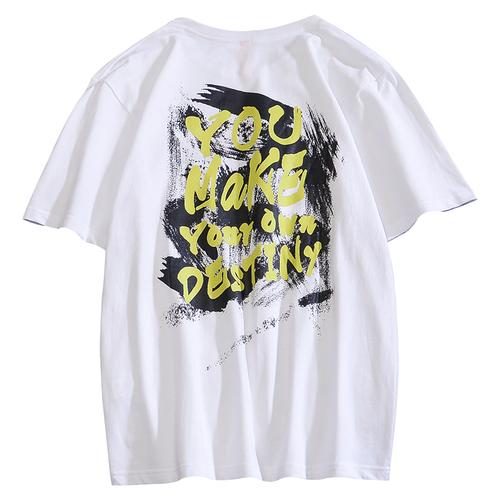Autumn and winter are the time to buy new clothes, and choosing autumn and winter clothes made of environmentally friendly fabrics can not only satisfy our pursuit of fashion and comfort, but also protect the environment, reduce environmental pollution and promote sustainable development. Here’s a closer look at understanding the benefits of eco-friendly fabrics.
1. Organic cotton: Organic cotton is a fabric cultivated through natural planting methods. Compared with traditional cotton cultivation, organic cotton does not use pesticides and chemical fertilizers, reducing pollution to soil and water sources. At the same time, the production process of organic cotton also pays more attention to thrift and has less negative impact on the environment. Organic cotton is also more suitable for autumn and winter because of its natural breathability and thermal properties, which can keep the body warm.
2. Bamboo fiber: Bamboo fiber is a natural and environmentally friendly material, and its production process will not cause environmental pollution. Bamboo grows very quickly and does not require the use of pesticides and fertilizers, so growing and harvesting bamboo puts little pressure on the environment. Bamboo fiber fabric has moisture-absorbing, breathable, antibacterial and anti-odor properties, making it very suitable as a material for autumn and winter clothing.
3. Recycled fabrics: Recycled fabrics are fabrics made by recycling and processing waste textiles, plastic bottles, etc. For example, recycled polyester fiber (RPET) is an environmentally friendly material made from waste plastic bottles. Autumn and winter clothing made of recycled fabrics not only reduces resource waste, but also reduces energy consumption and carbon dioxide emissions. Recycled fabrics provide good warmth and comfort, making them a sustainable choice.
4. Natural plush: Natural plush includes wool, camel hair, rabbit hair, etc. These plushs are obtained from the natural shedding or cutting process of animals and will not cause harm to the animals. Compared with synthetic fibers, natural plush has better warmth retention and breathability. At the same time, choosing sustainable certified natural plush can ensure that the principles of animal welfare and environmental protection are followed when purchasing.
In short, choosing autumn and winter clothing made of environmentally friendly fabrics can not only meet our needs for fashion and comfort, but also protect the environment and reduce resource waste and pollution. When buying clothes, we can choose environmentally friendly fabrics such as organic cotton, bamboo fiber, recycled fabrics and natural plush to make a positive contribution to sustainable development.





